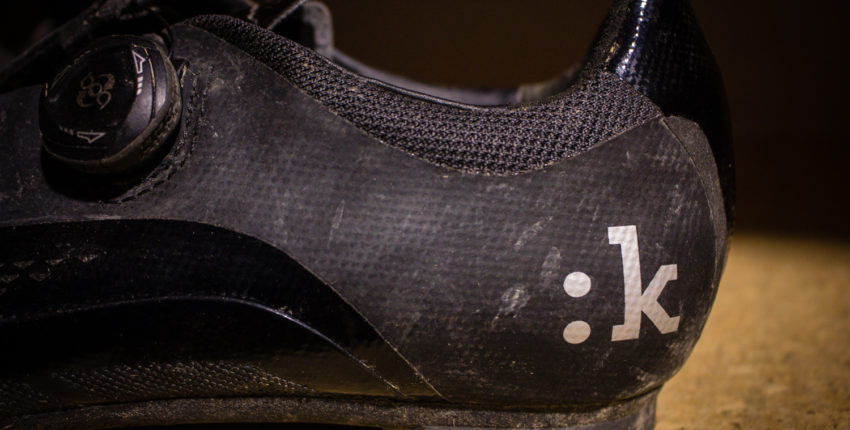Cerchio Ghisallo

Every year, as the Giro di Lombardia snakes through the hills nestled above Lake Como, an old man, Giovanni Cermenati, claps the riders as they pass the top of his driveway just a few hundred metres past the Madonna del Ghisallo. He then turns and heads back to his small workshop, back to continue his work.

For over seventy years Cerchio Ghisallo have been supplying wooden rims to the bicycle racing fraternity, wood the desired material for rims back in the late 40s. Not much has changed, Giovanni’s company is not one to follow trends, instead they have kept honing their art, providing for their niche market in the decades since.

I’d stumbled upon the Cermenati’s workshop almost by accident, but my impromptu visit was greeted with a warm reception, welcomed into the busy and sawdust-coated workspace. Giovanni, now in his 80s, was not slowing for the translation his grandson was trying best to give me, his fast and passionate delivery non-stop for breaths. Giovanni describing how it was his father, Antonio, a partner in the D’Allesandro brand, moved their Milan workshop to Magreglio upon the retirement of D’Allesandro. Since then the Cermenati family have dedicated themselves to the preservation of this craft. And just how Antonio passed his skills to his son Giovanni, he has in turn passed on his skills to his son Antonio, and he onto his son’s Roberto and Mattia.

The Cermenati’s source the required beech from Slovenia, “from the same forest, always,” as they have throughout the years. The chosen trees are felled and milled then transported back to Italy for ageing. When they are ready the planks are cut into the lamination thickness and correct wheel length, then placed one on top of each other into a circular forming mould, thus starting to shape the rim. These multiple layers of laminate are bonded together with a marine glue, a tested method to bring strength and durability to the finished rim. When set, this basic hoop is removed from the mould and then machined into the shape of the desired rim. The holes for the spokes and valve are then drilled, then a final sand before multiple coats of marine varnish applied, coloured to a chosen finish.

The workshop churns out over 1000 rims per year to customers around the World, its product range now spreads to handlebars, grips, mudguards and even whole bikes. The company have even updated certain aspects of range, integrating a carbon lining on the inside of their clincher rims so to withstand modern tyre pressures, hidden, “so no one can see it, a secret,” smiles Giovanni.

A picture on the wall confirmed that the late great Italian champion Fiorenzo Magni swore by their work, the ‘Lion of Flanders’ proving their worth in his three Ronde wins and his three Giro d’Italia victories. But as Giovanni explained, he was only one of many who chose their rims; “but we didn’t think at that time it was important to record who, for them it was the handcrafting, the passion – like an artist.”

Grabbing a finished rim from the racks, Giovanni points me to the smooth surface finish on the edge, then violently bounces it on the concrete floor. Noticing me wince he laughed and did it again; “Not with carbon” he winks, showing not a scratch to the surface he then returned it back with the rest, ready for shipping. I’m guessing the rims are just as strong and durable as the family that make them.






